Nerve injuries resulting from accidents can significantly impact a person’s quality of life. It may lead to ongoing pain, diminished sensation, and decreased mobility. The healing process is typically complex and necessitates a comprehensive strategy customized to the individual’s unique circumstances.
It is essential for both patients and healthcare professionals to understand the most effective recovery methods for nerve damage. This article explores the best strategies for recovering from nerve injuries sustained in accidents. By integrating these strategies, individuals can enhance their recovery and regain functionality. This way, they can resume daily activities and improve their overall well-being.
Understanding Nerve Damage
Nerve damage occurs when the protective covering of a nerve, known as the myelin sheath, is injured. It can also happen when the nerve fibers themselves are damaged. This disruption can hinder the smooth flow of signals, leading to a breakdown in communication between the brain and body.
In mild cases, nerves may heal naturally over weeks or months. However, more severe injuries often necessitate medical intervention, therapy, and lifestyle changes to facilitate recovery.
The seriousness of these injuries is highlighted in a large-scale study published in ScienceDirect. The study presented the first comprehensive national analysis of peripheral nerve injuries (PNIs) in England. Drawing on 15 years of hospital data, the study reported an average incidence rate of 11.2 cases per 100,000 people annually. The yearly variation ranged between 9.9 and 12.3. Such findings highlight the scale of the problem.
Adding to this complexity is the nature of nerve trauma itself. Damage can stem from crushing, stretching, lacerations, or inflammation, each affecting recovery in different ways. Unlike bones, which can knit themselves back together relatively quickly, nerves regenerate at a far slower pace. This makes the journey to healing particularly demanding for patients.
Why Timely Diagnosis Matters
When it comes to nerve damage, timing is crucial. The sooner a doctor checks the injury, the better the chances of recovery. Nerves can only heal to a certain extent. This means that waiting too long for treatment can be the difference between fully recovering and having a lifelong disability.
Unfortunately, after an accident, attention often goes first to visible injuries such as cuts, fractures, or bruises. In the process, hidden nerve injuries may be overlooked. Left untreated, these injuries can silently progress into lifelong complications. This is why early diagnosis is vital. It allows doctors to:
- Identify the exact location and severity of the injury.
- Prevent permanent muscle loss or paralysis.
- Initiate treatment before scar tissue blocks regeneration.
- Relieve pain more quickly, improving overall quality of life.
The urgency becomes even clearer when looking at conditions like neurotmesis. A study by NIH provides a thorough overview of neurotmesis, defined as a complete transection of a peripheral nerve. This condition may result from sharp lacerations, such as knife or glass injuries, or from high-velocity trauma and crush injuries.
In some cases, it can also stem from less common causes like ischemia, thermal damage, or electrical injuries. Motor vehicle accidents frequently account for these injuries outside of combat situations. In such severe cases, early diagnosis becomes even more critical.
Mental, Emotional, and Legal Support During Recovery
Chronic pain, loss of independence, and the fear of long-term disability can significantly impact mental health. Counseling and therapy are crucial during this time. Working with a licensed therapist can help individuals process the trauma of the accident.
Support groups, whether in-person or online, also offer a safe space to share experiences and connect with others facing similar challenges. In addition to emotional care, financial peace of mind is vital for mental well-being. The stress of medical bills, lost wages, and long-term treatment costs can become overwhelming. This is why many survivors seek assistance from legal professionals.
For example, consider a recent incident in Colorado Springs. In July 2025, a two-car collision resulted in a deadly scenario. According to KOAA, two individuals in one vehicle were pronounced dead at the scene. Meanwhile, two others from the same car sustained life-threatening injuries and were rushed to the hospital.
The driver of the second vehicle was also injured and transported for medical care. In such situations, the expertise of a local personal injury lawyer in Colorado Springs becomes invaluable.
As Springs Law Group notes, experienced personal injury attorneys focus on helping victims secure the compensation they deserve. They vigorously look into every facet of the case. By managing the legal complexities, they alleviate a significant source of stress, allowing you to concentrate on healing.
Importance of Physical Therapy in Recovery
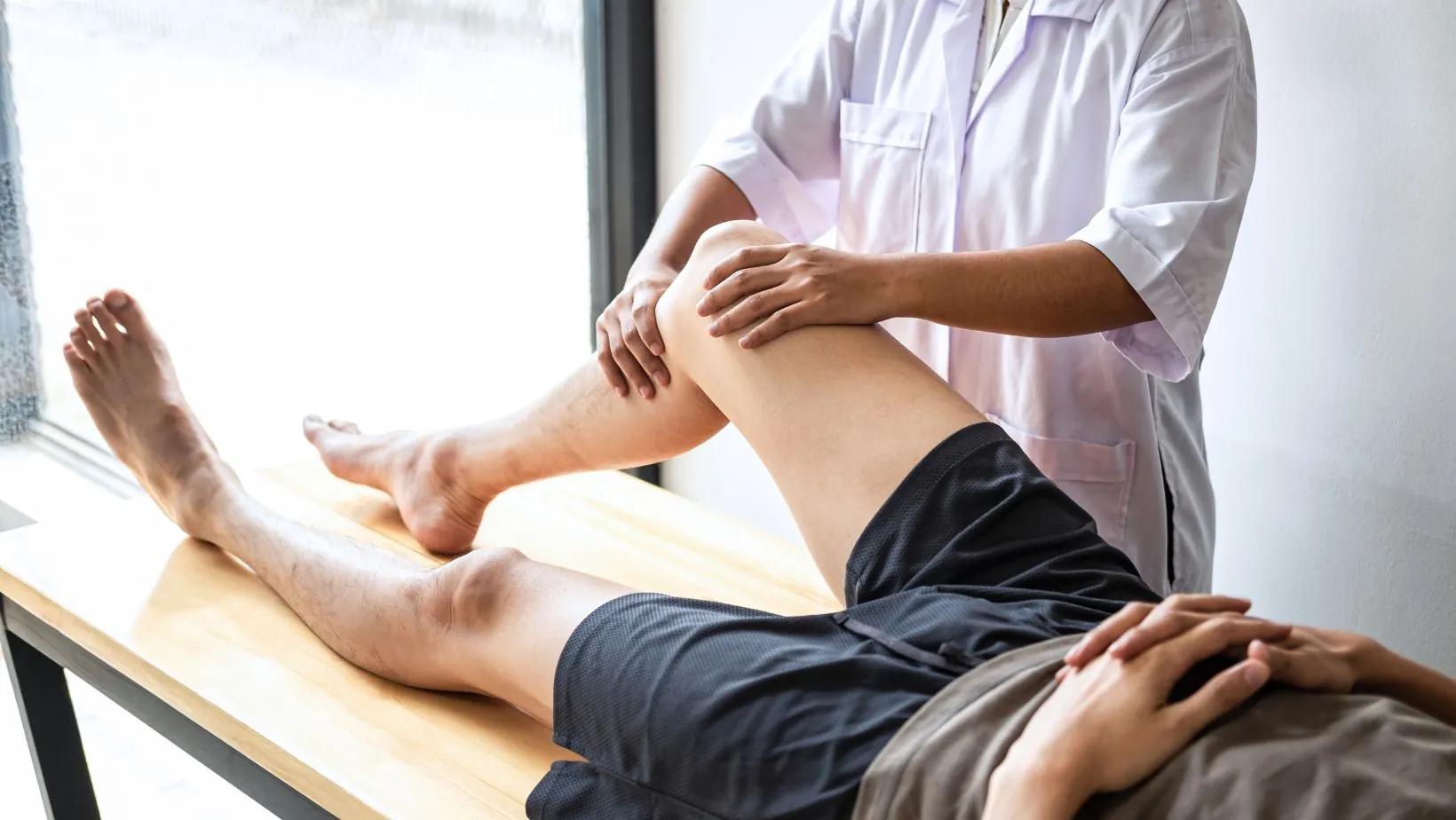
After an accident, relying solely on medications and surgeries is often insufficient. Physical therapy plays a crucial role in retraining the body to function optimally. Physical therapists create customized exercise programs to:
- Restore muscle strength weakened by nerve injury.
- Improve flexibility and joint mobility.
- Prevent muscle wasting from disuse.
- Enhance blood flow, promoting healing.
- Teach proper movement patterns to reduce pain.
Without physical therapy, recovery can stagnate, leaving patients with stiffness, weakness, and persistent pain. The importance of physical therapy is reinforced by a comprehensive study. The study published in Frontiers examined the advancements in physical therapy modalities for peripheral nerve injury (PNI).
The study assessed how therapies such as ultrasound, electrical stimulation, photobiomodulation (low-level laser therapy), and aerobic exercise can aid in nerve regeneration. It also examined how these therapies contribute to functional recovery.
Combining modalities like low-intensity pulsed ultrasound (LIPUS), electrical stimulation (ES), photobiomodulation (PBM), and aerobic exercise shows promise for synergistically enhancing recovery outcomes.
FAQs
Can stem cell therapy repair nerve damage?
Stem cell therapy shows potential in repairing nerve damage by stimulating regeneration, reducing inflammation, and improving circulation. Stem cells can develop into neurons and supportive Schwann cells, creating conditions that support healing. However, research is ongoing, and the therapy remains an emerging treatment rather than a standard option.
What strategy works best for managing nerve damage?
The best treatment depends on the severity of the injury. For mild cases, doctors often recommend physical therapy to restore movement and strength. In severe injuries, surgery may be required, including nerve grafting, regeneration techniques, or tendon and muscle transfers to improve function.
What is gene therapy for nerve damage?
Gene therapy for nerve damage involves using a modified virus to deliver healthy copies of the defective GAN gene into nerve cells. This therapy is administered directly into the spinal fluid, allowing it to target motor and sensory neurons. It offers hope for patients with genetic nerve disorders.
Recovery from nerve damage is a journey that demands patience, persistence, and a holistic approach. While physical therapies, emerging treatments, and timely diagnoses form the foundation of healing, emotional resilience and support are equally critical.
By adopting a well-rounded strategy and seeking the right care, individuals can face a daunting challenge with resilience. This approach can transform recovery into an opportunity for renewal and rediscovery of strength.

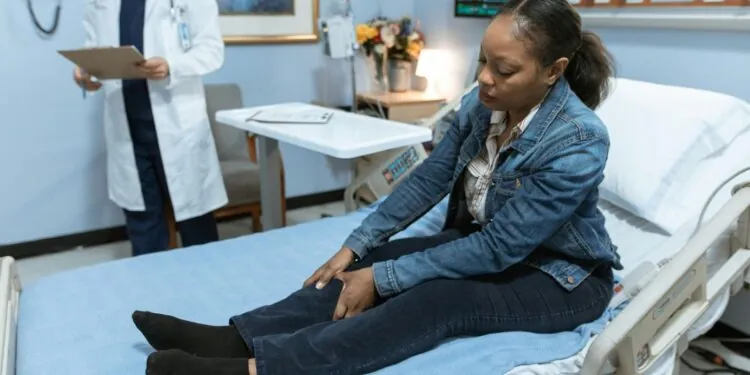
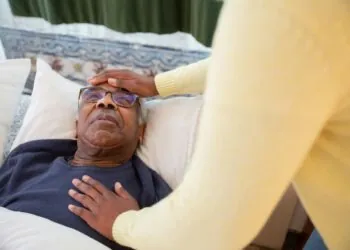


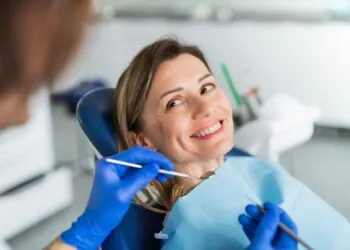
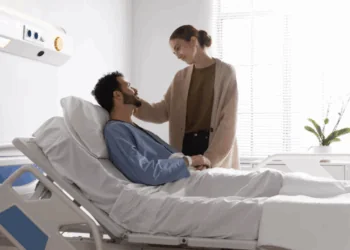







Discussion about this post